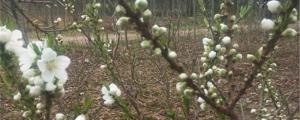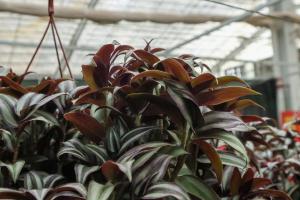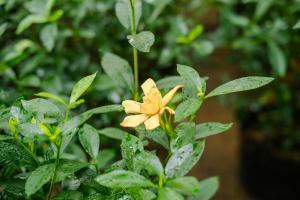Is A Palm Tree Avascular Plants?
Palms are one of the most recognizable trees in the world. They are tropical and subtropical plants that are found in almost every climate and region. One of the most commonly asked questions about palm trees is whether they are avascular plants or not.
Palm Trees
Palm trees are part of the family Arecaceae and are known for their tall, slender trunk and fan-like leaves. There are over 2,500 different species of palm trees, with some growing up to 197 feet tall. These trees are native to tropical and subtropical regions around the world, including South America, Africa, and Southeast Asia. They are highly adaptable plants and can survive in a range of soil qualities, from swampy areas to arid deserts.
Avascular Plants
Avascular plants are plants that do not have a vascular system, which means they do not have specialized tissues for transporting water and nutrients throughout the plant. Mosses, liverworts, and hornworts are examples of avascular plants. They are small and grow in moist environments where they can absorb water and nutrients directly from the environment.
Are Palm Trees Avascular Plants?
Contrary to popular belief, palm trees are not considered avascular plants. Palm trees have specialized tissues that are responsible for transporting water and nutrients throughout the plant. These tissues are called xylem and phloem, and they are similar to the vascular tissues in other plants.
In fact, palm trees are unique among trees because they have a different type of vascular tissue called "fibre bundles." These bundles are made up of individual cells that are long and thin, and they provide additional support to the tree.
The Importance of Vascular Tissues in Palm Trees
The vascular tissues in palm trees play a critical role in the survival and growth of the plant. They transport water and nutrients from the roots to the leaves and other parts of the tree. This allows the tree to grow tall and produce large leaves for photosynthesis. Without vascular tissues, palm trees would not be able to survive or thrive in their natural environments.
In addition, vascular tissues in palm trees help to regulate the temperature of the plant. This is important because palm trees are often found in hot and humid climates. They have evolved to have specialized tissue that can cool the plant by transporting water to the leaves, where it evaporates.
In Conclusion
Despite their unique appearance and tropical habitat, palm trees are not avascular plants. They have specialized tissues for transporting water and nutrients throughout the plant, which allows them to grow and thrive in their natural environments. The vascular tissues in palm trees are essential for their survival and play a critical role in regulating the temperature of the plant. While palm trees may look different from other trees, they share many fundamental characteristics that help them survive in a variety of climates and environments.

 how many times do yo...
how many times do yo... how many planted tre...
how many planted tre... how many pine trees ...
how many pine trees ... how many pecan trees...
how many pecan trees... how many plants comp...
how many plants comp... how many plants can ...
how many plants can ... how many plants and ...
how many plants and ... how many pepper plan...
how many pepper plan...
































